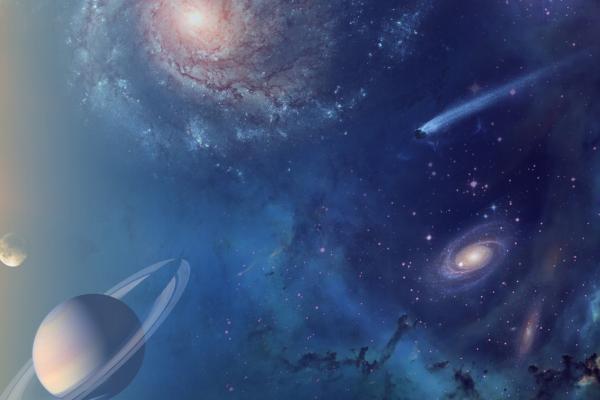
The Central Engine and Outflows in the Nuclear Starburst of NGC 253 as Revealed by ALMA
Alberto D. Bolatto - University of Maryland
Starbursts are a rare phenomenon in the present day universe, but they represent perhaps the most common mode under which stars form and galaxies grow during the z~1-2 peak of cosmic star formation activity. Feedback, in the form of galaxy-scale outflows, is thought to be one of the main forms of regulation of galaxy growth. NGC 253 is the premier local example for a nuclear starburst, and has been targeted with several ALMA observations in order to study how these processes work. I will discuss the properties of the molecular outflow, including our best constraints on the mass and outflow rate, and the properties of the outflowing molecular gas. I will also present the results of our recent 1.7-pc resolution observations, including the detection and properties of 14 compact structures with properties corresponding to massive young star clusters and super star clusters, 13 of which are so embedded that are invisible in optical and NIR observations (the 14th is a known SSC). I will also discuss the evidence for feedback and disruption on the scales of these clusters. Finally, I will present some very preliminary analysis of the 0.5-pc resolution observations very recently delivered.
